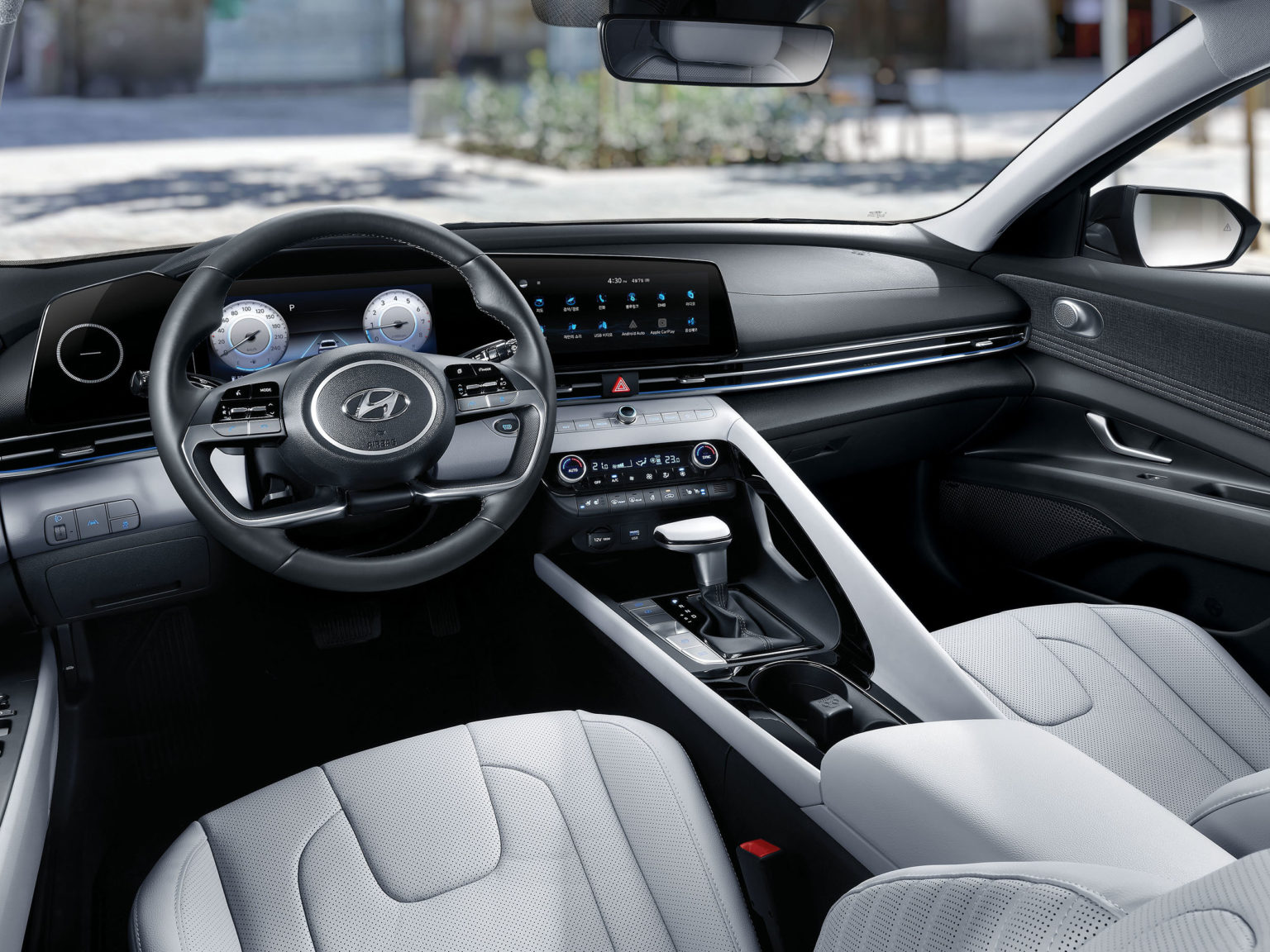Three technologies will work in tandem to keep the air in the cabin of Hyundai Motor Group vehicles clean. Called After-Blow, Multi-Air Mode, and Fine Dust Indicator, the new tech will make its debut on select models in Korea before making its way to Hyundai, Kia, and Genesis vehicles worldwide.
After-Blow
Traditionally, mold in an air conditioning system is discovered when a pungent odor begins emanating from a vehicle’s vents while the A/C is working. After-Blow is designed to keep the car’s evaporation dry, thus suppressing mold growth. For 30 minutes after the vehicle is turned off, the evaporator drains naturally. Then, After-Blow activates for 10 minutes to dry any remaining condensation in the air passage. The air-conditioning system automatically allows for an influx of outside air during this time to prevent humidity from building up.
Hyundai scientists work on air conditioning technology that will be coming first o models in Korea.Photo courtesy of Hyundai Motor Group
After-Blow technology uses an intelligent battery sensor to monitor the battery and stops functioning when the battery is low. It also de-activates when the air conditioning system is not in use for a certain period of time, or when the outside temperature is low.
Multi-Air Mode
Multi-Air Mode disperses air to reduce direct contact. It uses multiple vents for air conditioning to create a gentle wind. When the mode is activated, the air is dispersed through new multi-air slots in the driver and passenger seats in addition to normal vents. While the overall wind volume remains the same, the dispersion of the air softens the sound effect.
This mode can be switched on and off based on the preference of the driver.
Photo courtesy of Hyundai Motor Group
Fine Dust Indicator
Fine Dust Indicator displays air quality information in real time. It takes a reading of the air inside the vehicle and delivers digitized information, allowing the car’s driver to better manage air quality.
The reading measures the concentration and pollution level of ultrafine particles (PM 2.5) inside the vehicle using integer numbers and colors for better visibility to the user: blue for 0 to 15 μg/m3, green for 16 to 35 μg/m3, orange for 36 to 75 μg/m3, and red for 76 μg/m3 or higher.
If the level of ultrafine particles exceeds 36 μg /m3 while the function is active, the air-cleaning mode will run to purify the air in the vehicle. The air-cleaning system automatically sets the air volume between three and eight and switches to air-recirculation mode and activates the air conditioning system to reduce indoor humidity. If the air does not improve in air-cleaning mode, it can also serve as a reminder to the driver to replace air-conditioner filters or to clean contaminated seats and mats.
Photo courtesy of Hyundai Motor Group
Watch the video below to learn more about how the technologies work.
Ventilate Your Vehicle, ‘Quality Air’ Climate Control Technology | Hyundai Motor Group
www.youtube.com








